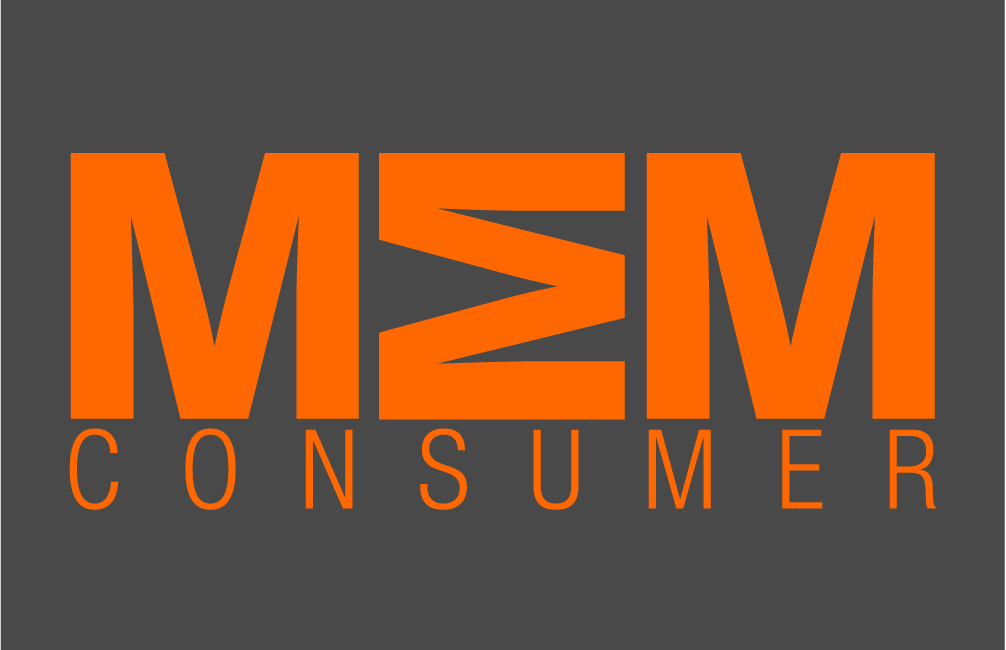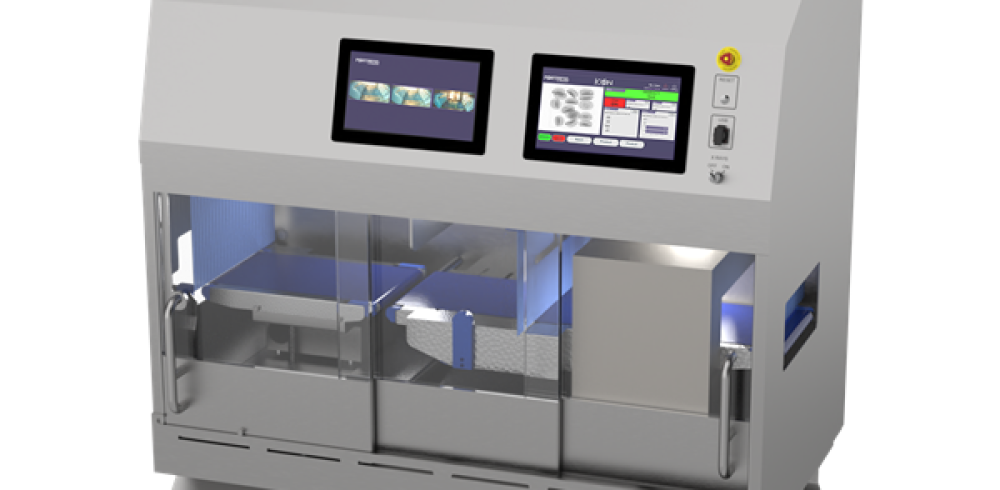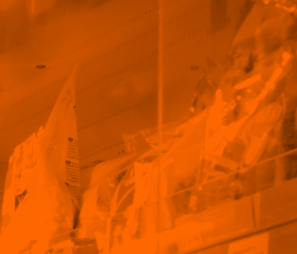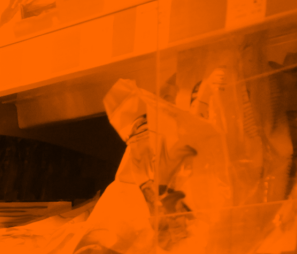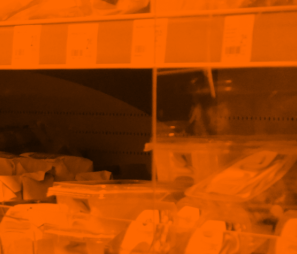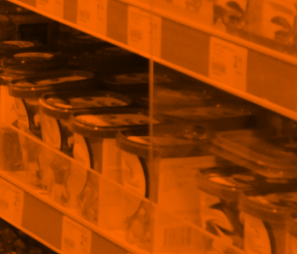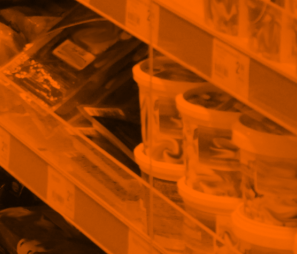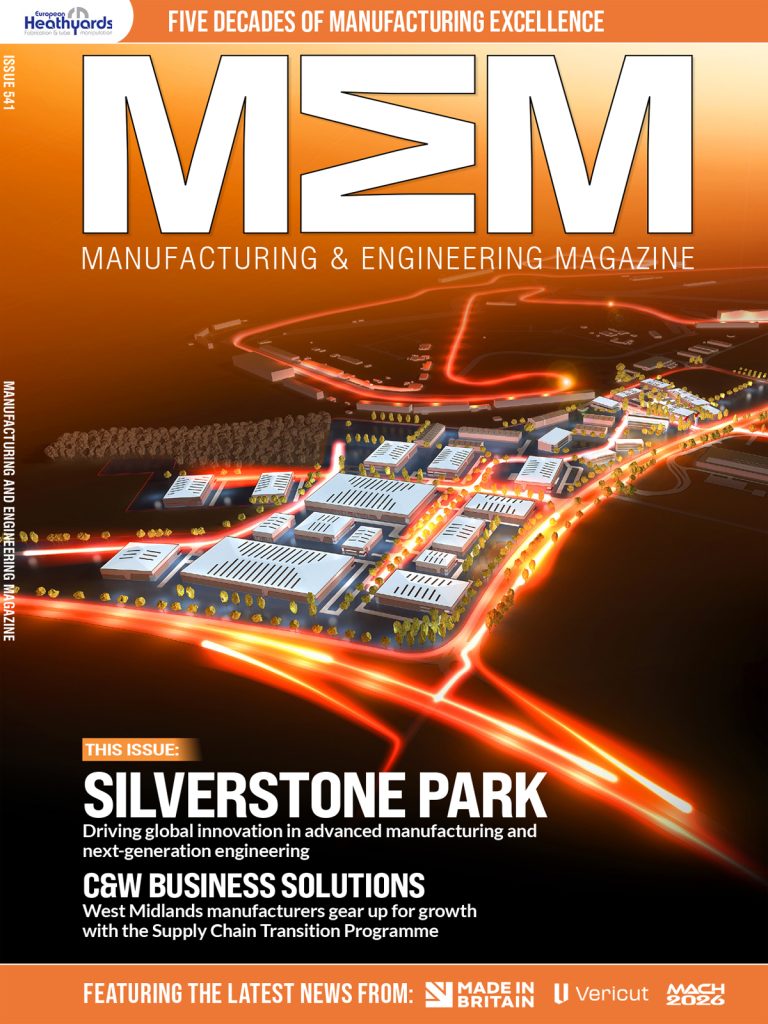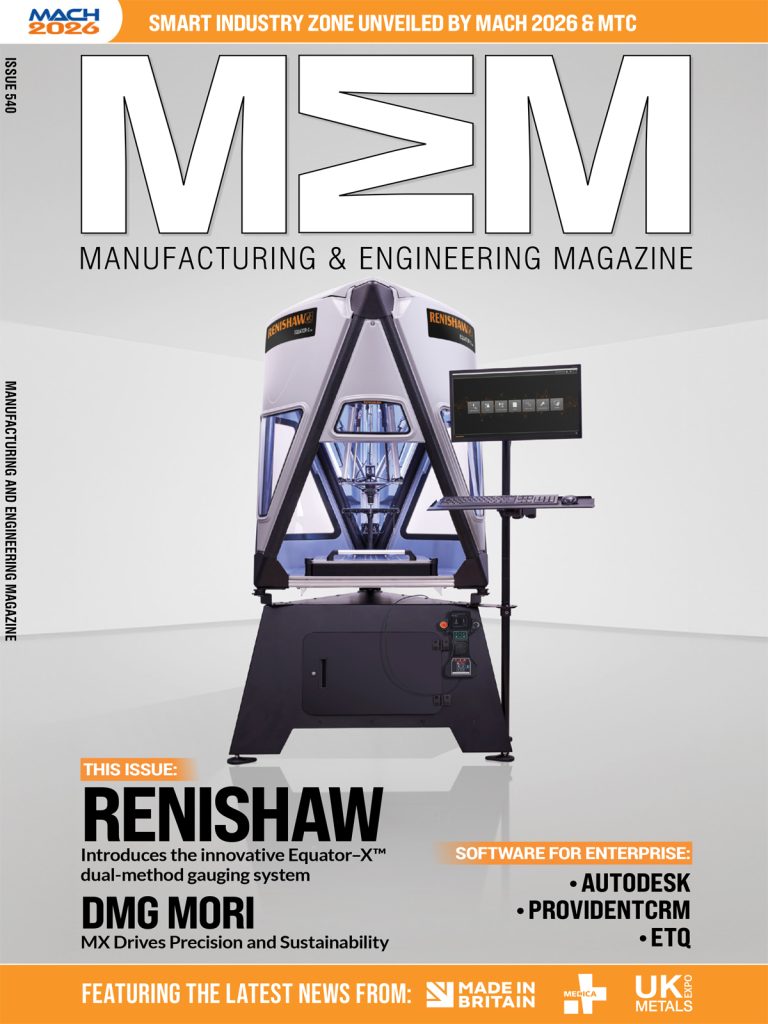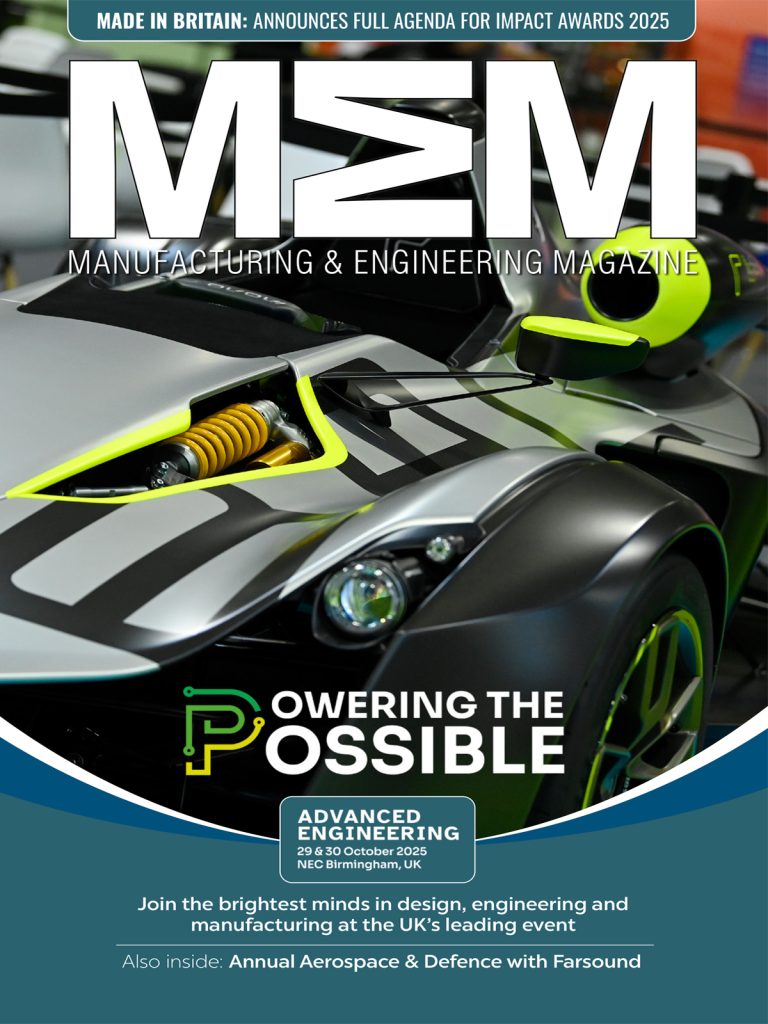Food Safety from Fortress Technology – Previous approaches and models used to boost food production to meet the rising global demands are no longer able to keep pace. This has made it even more imperative for food processors to explore innovative technology and tools that maximise space utilisation, minimise waste, enhance productivity and optimise costs.
Over the next 20 years, the world’s population is predicted to reach almost 10 billion people. Historically, global food supply has been able to keep pace with this demand. However, the world now consumes three times more food than it did in the 1960s. Accessibility is an added challenge, with one in seven people globally unable to access sufficient and safe food.
Research analysed by the World Resources Institute points towards two major solutions; increasing food production without expanding land and facilities and taking action to reduce food loss and waste.
Phil Brown, Sales Director at Fortress Technology Europe asserts that finding more sustainable manufacturing practices that boost food safety will be imperative. “Our duty in the food industry is to find and implement new techniques to minimise our impact while simultaneously maximising food production efficiency and safety.”
CORE FOUR IN TOMORROW’S WORLD
When approaching the needs of our future food supply chain, simply increasing food production without ensuring that food is safe for consumption would be counterintuitive, wasteful and pose a risk to the health and safety of consumers. For food manufacturers, physical space restraints, cost production challenges and sustainability agreements also need to be factored in when expanding production yields.
“New productivity levels are not attainable without innovative equipment solutions. The future of food production relies on smart inspection equipment that strengthens food safety, reduces good product waste and doesn’t require a dramatic increase in factory floorspace,” Phil emphasises.
Metal detection, X-ray, vision inspection and checkweighing are four inspection technologies that are revolutionising how the food industry approaches production and regulatory compliance.
Although it is commonplace to see two of these technologies in combination inspection units or even multi-lane configurations, Fortress Technology eventually anticipates wider adoption and integration of all four in food production environments, particularly at the end of the HACCP packaging lines. By doing this, the industry could see each technology’s respective performance synergistically enhanced, particularly when utilising vision, data analysis and AI tools.
“An ‘All-In-One’ system could help to streamline food manufacturing workflows, increase productivity, eliminate inefficiencies in production, and help processors to flex to supply chain demands. All while supporting a more sustainable food production future,” notes Phil.
For example, vision inspection could help to improve X-ray technology by providing a visual context to the pack being inspected. Vision systems could also enhance checkweigher performance by reading weight labels and provide physical information about pack separation. Likewise, metal detection and X-ray can work in tandem to inspect for all types of physical contaminants. Where an X-ray can only detect higher density metals, metal detectors can detect both flat and ‘spherical’ metal contaminants.
Potentially, these All-In-One inspection systems could also collect comprehensive data on each inspected pack, including details on weight, size, visual integrity, contaminant detection results and adherence to quality standards. This hub of valuable data in turn helps to increase hazard traceability and production transparency.
When compared to purchasing multiple, individual inspection systems, the faster ROI, smaller footprint and operational savings of a single inspection unit can be equally beneficial. As well as sales, services, parts and technical support coming from one supplier, training and operating the equipment becomes easier and safer when there is only one user interface. Other cost savings are gained from faster installation, reduced training time and increased operational efficiency. “Rather than having four individual machines and conveyors on the line, an All-In-One end of line inspection system could potentially take up around one third of the physical machine footprint,” adds Phil.
With the future of food supply chains reliant on optimising manufacturing spaces and food safety to their fullest extent, AI-driven All-In-One systems could very well be the single solution that elevates production and quality standards to a ground-breaking new level.
Manufacturing & Engineering Magazine | The Home of Manufacturing Industry News


